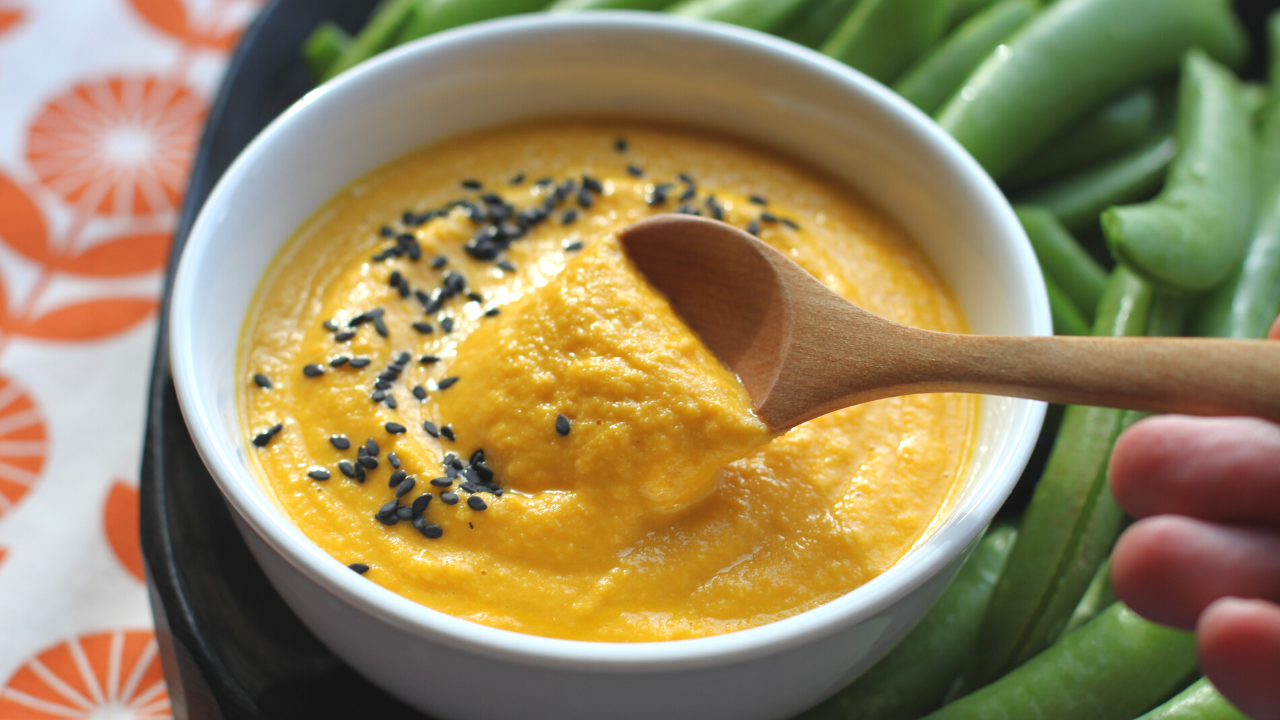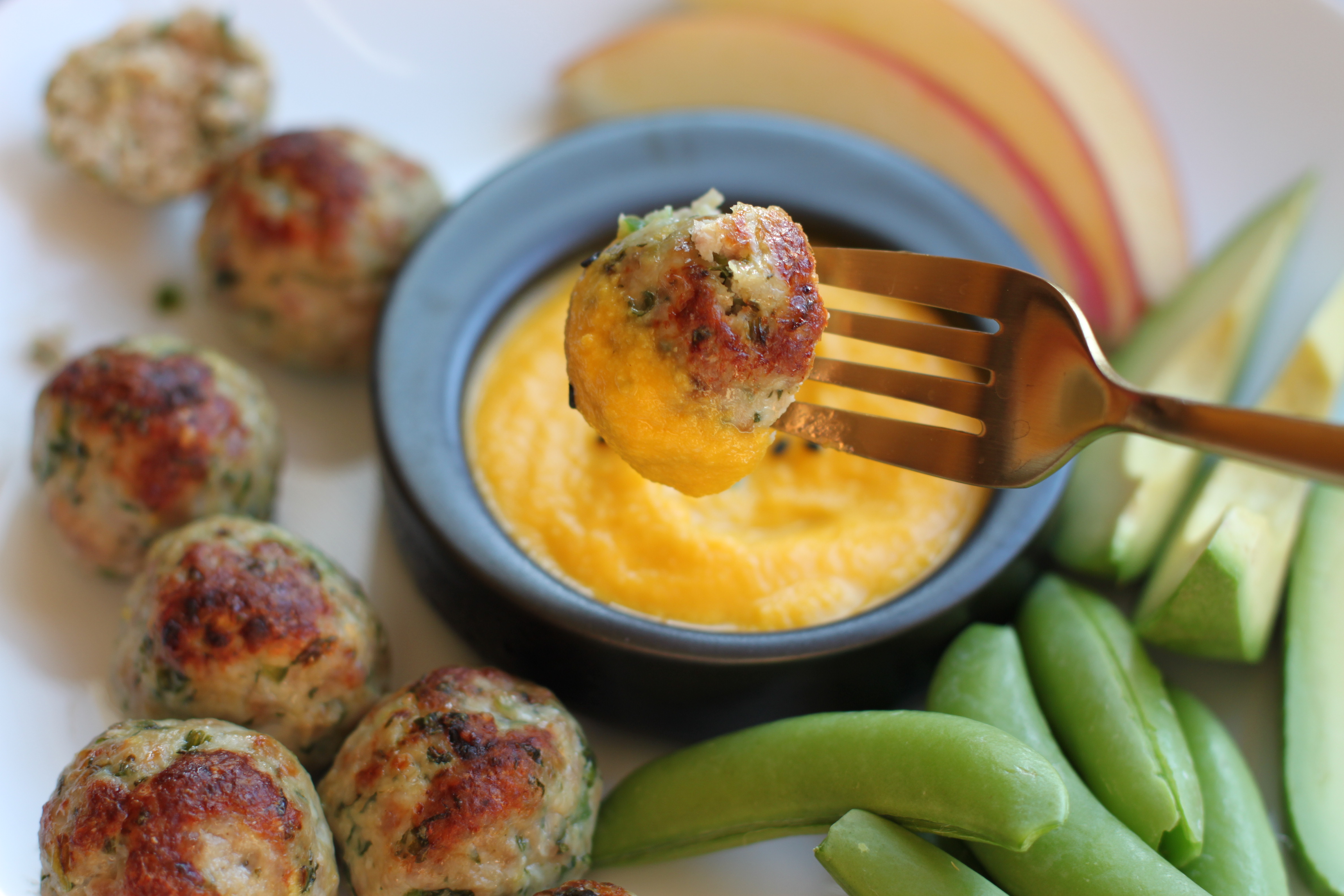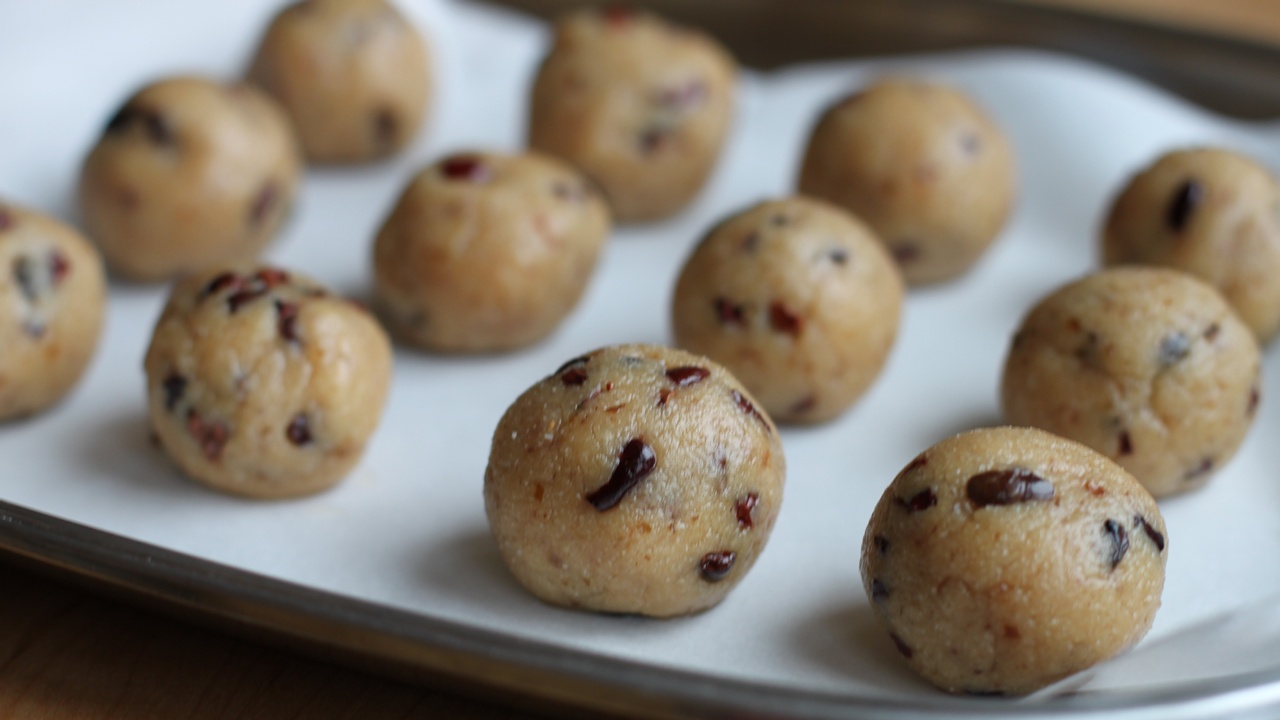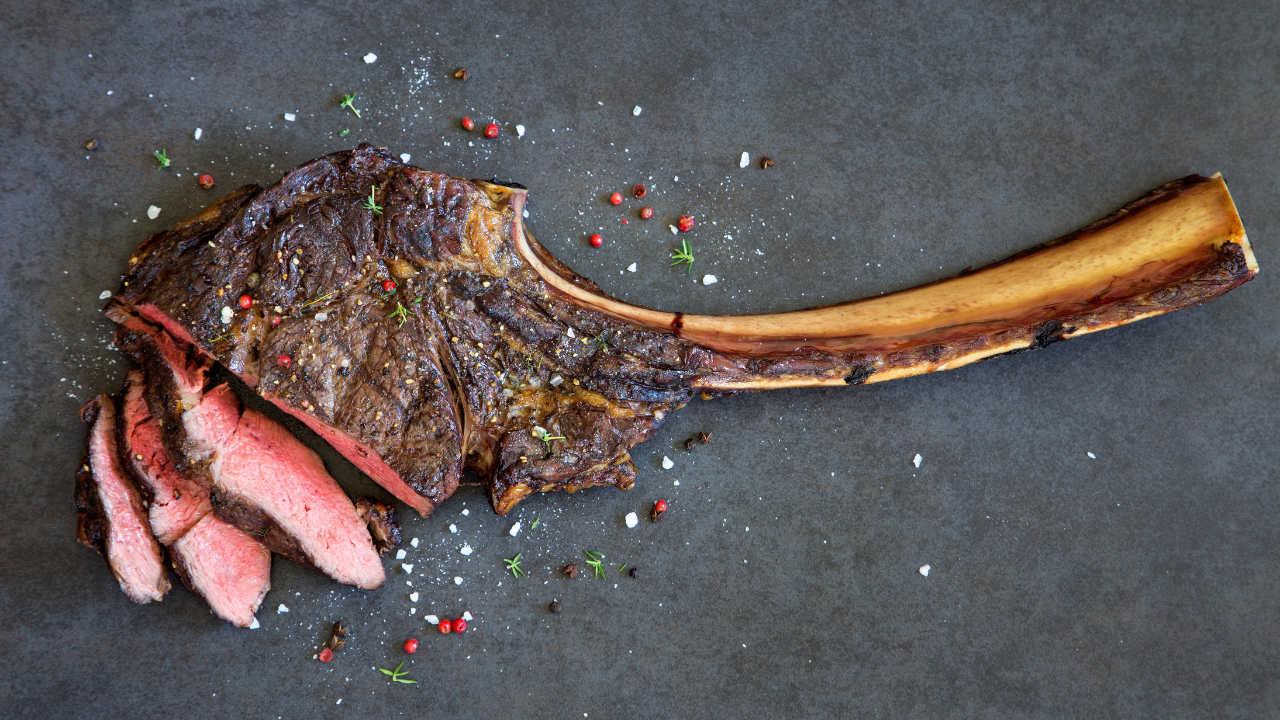Miso Carrot Dip or Dressing

Japanese Steakhouse dressings inspired this delicious probiotic dipping sauce you'll want to put on everything. Use it to dip fresh veggies or meatballs or drizzle on a salad. It's tangy, zippy, colorful, kid-friendly, and full of nutrient-dense whole-food goodness. There are so many fun ways to serve this, which I've outlined below, but my personal favorite way to enjoy this is as a dip for sugar snap peas because it goes together like, you guessed it, peas and carrots!
This recipe happens to be gluten-free, dairy-free, and vegan. The starring ingredient is chickpea miso paste, a fermented food that adds an umami flavor and a dose of gut-supportive probiotics. Do note miso is traditionally made with soy or gluten-containing ingredients like barley, so be sure to choose a soy and gluten-free miso option to keep this one thyroid-friendly.
Full disclosure: Some of the links in this post may be affiliate links. As an Amazon Associate, I earn from qualifying purchases. Purchasing a product using one of these links will support my work at no additional cost to you. Please know that I only recommend products I wholeheartedly stand by.
Ways to serve this Miso Carrot Dip or Dressing
This is one of those irresistible combos you could eat with a spoon, but here are a few ideas for how to use it.
- Serve as a kid-friendly, crowd-pleasing snack or appetizer, with cocktail picks, veggies, and apple slices for dunking.
- Make it a meal by serving with these Ginger Scallion Meatballs, grilled chicken, or grass-fed steak, plus cauliflower or basmati rice and a steamed veggie like broccoli, asparagus, or snap peas.
- This goes exceptionally well with fresh cucumber slices, apple slices, celery sticks, avocado, or sugar snap peas.
- Drizzle over salad greens with cucumbers, tomatoes, avocado, and toasted almonds for crunch.
Enjoy this Miso Carrot Dip with these Ginger Scallion Meatballs.
What is Miso?
Miso is a thick, salty paste that adds lots of umami flavor and complexity to recipes. The variety I used for this gluten and soy-free recipe was made with rice and chickpeas. Miso is traditionally made by fermenting soybeans with rice or barley (which contains gluten), along with a special kind of aspergillus mold known as koji. Koji has been called the "national fungus" of Japan as it is used to make several traditional fermented Japanese foods, including miso, tamari, mirin, sake, and rice vinegar.
Miso contains natural probiotics from the koji fermentation process, providing beneficial bacteria to support your gut and digestive health. Miso can be used in soups, dressings, marinades, and sauces, but it's important to note that the probiotic benefits of miso only apply when used in recipes like this one where the miso is not cooked. Temps above 115F/46C will kill the beneficial bacteria. Aside from losing the probiotics, there's nothing wrong with cooking miso, and many recipes like miso soup do just that.
After miso is fermented and packaged, it can be stored refrigerated for up to 18 months-- wow! So, if you're worried about using it up, you'll have plenty of time to do so. One of my favorite ways to enjoy miso, aside from this Miso Carrot Dip or Dressing recipe, is smeared on a slice of gluten-free toast and then topped with sliced avocado. Miso + avocado + toast = Yum.
The flavor of miso varies depending on what it was made with, but as a rule of thumb, lighter-colored miso paste is usually sweeter, milder, and more mellow in flavor than dark red or brown miso pastes.
The miso paste I used in developing this recipe was Miso Master Organic Chickpea Miso. A good place to look for it is in the refrigerated section of your local health food store. It contains organic handmade rice koji, organic whole chickpeas, sun-dried sea salt, Blue Ridge Mountain well water, and koji spores. The flavor is fairly mild with medium saltiness, so it works well in almost any recipe that calls for miso. Personally, I don't find there's a flavor difference between chickpea miso and traditional soy-based miso, but purists may disagree.
Choosing a Thyroid Friendly Miso Paste
Miso paste comes in several varieties, so to accommodate your current dietary restrictions, read labels carefully. Most thyroid experts recommend avoiding soy which is the main ingredient in traditional miso, and some varieties use barley which contains gluten. This chickpea miso is both soy and gluten-free.
For any of you currently on a low-FODMAP diet, miso is considered low-FODMAP.
Chickpeas may be problematic for those who are sensitive to legumes or who are on a therapeutic diet like Paleo, Autoimmune Paleo, or the Elimination Diet. As always, the name of the game is choosing what works for you and your personal dietary needs and sensitivities, but by using chickpea miso, you can enjoy the delicious flavor and probiotic benefits of miso in a way that is at the very least gluten, dairy, and soy-free.

Thyroid Healthy Recipe Highlights:
- Carrots: 1 cup of carrots provides 428% DV of Vitamin A, which is a key thyroid-supporting nutrient. 1 cup of carrots also contains 3.6 grams of fiber, which can help relieve constipation. Carrots are low in calories and a good choice for weight loss.
- Ginger aids in relieving both inflammation and sensitivity to cold, sometimes caused by thyroid disease. It also promotes metabolism and digestion and can improve the slow gut motility that often accompanies a missing or underactive thyroid.
- Miso: Fermented Foods like miso, pickles, kimchi, olives, and sauerkraut are high in beneficial bacteria that support good gut health. These probiotic foods have been shown to improve and support digestion, boost immunity, improve blood sugar control, and reduce inflammation.
Happy cooking, happy thriving, and enjoy the recipe (below)!

P.S. Need more thyroid-friendly recipe inspiration? I’ve got you covered. My Thyroid-friendly Everyday eCookbook features over 50 quick and easy, thyroid-friendly recipes your whole family will love. To take a peek at what’s inside, CLICK HERE.
More Thyroid Healthy Condiments to Try:
- AIP Artichoke Dip
- Mango Salsa
- Dairy-free Lemon Basil Pesto
- Lemon Ginger Honey
- Furikake Japanese Seaweed Shake
- ACV Honey Mustard Vinaigrette
Subscribe to my free newsletter for fresh recipes & lifestyle tips, delivered weekly, and receive a free gift!
By submitting this form, you agree to receive ongoing updates from Hypothyroid Chef











